I’ll admit that I don’t always pay close attention to some of the shows my daughter watches. Since this tends to be during the transitional time between the end of day and dinner, I’m usually occupied with cooking or emptying her backpack or wrapping up my own workday. Which means that my knowledge of her shows usually boils down to a vague familiarity with its theme music (and more specifically, with how much I can tolerate the general noise it makes).
But every now and then, a teachable moment, or some other tidbit from the program might make it through my focus filters, and I’ll spend a few minutes watching.
“I don’t know how to do this (yet!) I may not have the answer (yet!)” shouted a chorus of kids’ voices to a catchy tune. I heard my daughter singing along and looked up: What appeared to be a cat in a hoodie with rainbow octopus legs high-fived a cupcake with a cat face.
“But I’ll never say never, I can always get better, that’s something we won’t forget!” A cartoon girl sang about how she wasn’t great at tennis or basketball, but that even though it feels like work to keep practicing, she knows she’ll score one day.
A black and white cat with a messenger bag and another cat wearing a paper cup as a dress (with what I can only describe as a Happy Meal box for a head) sang about how crafts can be messy and hard, but they knew they could do hard things together.
“My daughter stood in front of the TV, dancing and singing, shouting ‘Yet!’ like some toddler’s rallying cry, triumphantly leaping into the air.”
“I don’t know how to do this (yet!) I may not have the answer (yet!)”
My daughter stood in front of the TV, dancing and singing, shouting “Yet!” like some toddler’s rallying cry, triumphantly leaping into the air.
Aw, I thought. I think I took a photo. Then I went back to my task, mentally noting that I could remind her of this song the next time she got frustrated trying to write her letters or draw a picture of our dogs. I could see the teachable moment so clearly in my head: “I can’t do it!” she’d shout, throwing her crayon on the floor. And I’d gently return the crayon to her hand, turning her sketchbook to a clean page. “You can’t do it… yet!” And she’d smile. And I’d hug her. And then she’d take a deep breath, and try again.
I had no idea how central this lesson would be to our lives in just a few short months, nor that the primary student wouldn’t be my daughter after all.
It would be me.
Accepting the unknown
Recently, my daughter was diagnosed with an autoimmune disease that she will have for life. We spent a night and two days in the hospital, our tiny girl hooked to an IV and covered in band-aids while she gamely tried to focus on building her Lego set between all the endless teams of nurses and doctors checking her vitals and collecting more blood.
My partner Aaron and I told our story a hundred times to each new nurse or doctor as they came in, trying to process the textbooks of paperwork and informational leaflets orienting us to our new life. In our entire time at the hospital, we only had five minutes alone, standing in the hallway next to the doors leading to the ICU. When I started to cry, the overwhelm finally cresting in this stolen moment to ourselves, Aaron listened as I listed everything I didn’t understand, all the questions we didn’t have answers to, all the parts of our lives we were going to need to rearrange, reconsider, or possibly drop altogether. He nodded while I talked. Then he looked at the ICU doors and said, “We get to go home today. We know what’s wrong, and we know that we can help her live with it.” He looked at me. “We get to go home, and figure out how.”
“We get to go home, and figure out how.”
Our first week home, we entered into a flurry of chaos making new lifestyle changes to support our daughter’s health. Days were a blur of schedules and supplies, disrupted nights and constant Googling, urgent texts to friends and family to help with errands or our pets. The pile of laundry at the end of our bed slowly morphed from clean to dirty as we dressed directly from it, and the summer clothes bins I’d brought up from the basement remained stacked in the hallway, next to the half-started closet organization project from the week we’d gone to the hospital.
Everything that wasn’t essential was on full hold, gathering dust and creating a general sense of disorder all around us. Our two dogs seemed to decide it was now their duty to shed as rapidly and abundantly as possible, so that we could enjoy soft clouds of fur gently drifting across the floor. We let them drift. We had bigger fish to fry.
“The experience closely paralleled our memories of navigating life as new parents, only this time we didn’t have the benefit of nine months of preparation.”
The experience closely paralleled our memories of navigating life as new parents, only this time we didn’t have the benefit of nine months of preparation. And our daughter was no longer a newborn, which, despite how terrifying we found her at the time, hindsight reveals was essentially a very cute pet rock. She was now a headstrong, highly active, extremely verbal preschooler who had opinions and preferences and would not take these abrupt, unpleasant changes lying down.
Our daughter was furious. Exhausted and annoyed with our new rules and routines, fatigued by the doctor’s visits and her previously laid-back parents suddenly imposing an inflexible schedule with non-negotiable medicine four to five times a day. She lashed out. She cried. She looked at us for answers, for comfort, for a competency that neither of us felt.
So I did exactly what I do when faced with the unknown: I attempted to organize it. This particular Type A tailspin included researching apps and developing new procedures, reorganizing a shoe closet to include labeled medical supplies and heavily annotated instructions. (The shoes went into a new pile, where it communed with the dog hair clouds.) I gathered all the data I could, writing the same info in multiple charts and spreadsheets, trying to find a system that worked, that would help us make sense of everything.
“I did exactly what I do when faced with the unknown: I attempted to organize it.”
One evening, the panic and fear I never let myself feel around my daughter came bursting to the surface, and I picked a spectacular fight with Aaron, one of those late-night marital arguments you know are 90% exhaustion. I wanted to make hard and fast rules from the limited data we had. I wanted to draw conclusions and to make decisions. He wanted me to take a deep breath.
“We don’t have enough information to make these rules,” he kept saying, which I took as some kind of admonishment for my diligence, as if it was due to some shoddy bookkeeping on my part that we didn’t have enough data yet, rather than the nature of the process we were in.
“Our job right now is to be patient,” he kept saying. “To observe. To accept that we are in the unknown right now, and there’s no clever hack around this part.”
The doctors said the same thing. We have to be flexible, be observant, learn about our daughter’s body and all the variables that affect her each day. There is no one-size-fits-all approach we could take. It would take time. It would take patience. And patience has never been my strongest suit.
“I hate that,” I said. “I want to figure it all out now.”
“I’d have to get comfortable with being uncomfortable. But he was also telling me that it wouldn’t be uncomfortable forever.”
“I know,” he said. “But that’s not how this works.”
I appreciated that he didn’t try to make me feel better with lies. I appreciated that he acknowledged that where we were was hard, and that was just the truth.
What he was saying was simple: I’d have to get comfortable with being uncomfortable. But he was also telling me that it wouldn’t be uncomfortable forever. “We don’t know,” he kept saying, the “yet” not quite spoken, just filling the space quietly around us.
Having faith in the practice
“Why do I have this?” my daughter asked me one night. “Is your body like this too? How does this happen?”
I told her no one knows. I told her that it wasn’t her fault. “I don’t want this anymore!” she shouted, and then we both cried. I couldn’t pretend that everything was the same, that nothing was wrong, or that it would one day be easy. So I didn’t.
“I know this is hard,” I said, holding her. “But we can do hard things.”
“Can they make this go away?” she asked me.
“Not yet,” I told her. And maybe it was because, over my daughter’s head, I could see the dollhouse from that TV show with the determined, cat-like creatures, but I suddenly heard what I’d said to her with new meaning. “Hey,” I told her. “They are working on finding a cure, but they haven’t found one… yet!”
She did the toddler equivalent of rolling her eyes, which is to throw her body back into my body and wail. I let her, holding her and letting her feel her feelings until they passed. “It won’t always feel like this,” I told us both.
“‘It won’t always feel like this,’ I told us both.”
I thought about the word “yet,” and about what Aaron was telling me about sitting in the unknown. These are both integral elements of a growth mindset, or the belief that our most basic abilities will develop with commitment to practice (and a willingness to fail). Instead of the zero-sum game that saying “I’m not good at this” suggests, “I’m not good at this yet” posits that regardless of how I start, I know I can become good at it.
It’s a kind of faith not in our innate talents or skills, but in our ability to reach mastery through dedication and practice. “Yet” is a promise we give to ourselves that sitting in the unknown isn’t our final destination, but that we can find our way beyond if we just keep going.
“‘Yet’ is a promise we give to ourselves that sitting in the unknown isn’t our final destination, but that we can find our way beyond if we just keep going.”
This message isn’t new to me. This is the message of learning new things, the very message I preached during the many years I spent as an adult arts educator. “Let yourself be a beginner,” I’d tell a class full of adults as they settled before their blank sheets of paper. Everyone would nod, adjusting the clean brushes propped in clear cups of water, eyeing their rainbow palettes of pristine watercolors. And then I’d spend the next hour assuring half the class that it was normal and expected not to be instantly perfect at using this medium, while attempting to persuade the other half of the class to just try.
It took me a few classes to learn to expect this particular struggle from adult learners. Adults, after all, are not generally used to doing things they aren’t “good” at. Our whole lives, in fact, are built on a trajectory of getting better and better at the things we do — in our professions, our domestic lives, our hobbies — until the experience of doing anything totally unfamiliar is rare. We forget about the discomfort of the beginning, of how trying and failing isn’t a personal catastrophe, but a compulsory step in the learning process. But our adult brains are so wired to look at the desired outcomes, we forget that some things require a lot of dedicated presence to achieve them.
“We forget about the discomfort of the beginning, of how trying and failing isn’t a personal catastrophe, but a compulsory step in the learning process.”
In yoga, I learn this lesson over and over again. Poses that seem impossible become available to my body after time and careful practice. New conditions will then challenge me to let go of any assumptions of my own abilities, and poses that were staples might suddenly become unavailable. The yoga is being in that moment, meeting myself where I am right then, not fighting it until I can satisfy an expectation not aligned with reality.
Once, practicing tree pose in a group class, I confidently pulled my foot to my inner thigh, balancing steadily on one leg. The teacher instructed us to close our eyes. I did, surprised when I started to sway, my leg suddenly shaking. I opened my eyes, returning to a strong pose, and watched the teacher come to stand in front of me, as if to call me out for not following instructions.
“I can’t close my eyes,” I whispered. “I get too wobbly without a point of focus.” I thought I was explaining something that was particular to me, an exception to the rule. But she only nodded.
“The fluctuations are part of the pose,” she told me.
“‘The fluctuations are part of the pose,’ she told me.”
I looked at her, still standing steadily on my leg. “But I’ll fall.”
She nodded again. “Then you get back up. That’s all there is to it.”
I could hear myself with my art classes, telling them if they make a mess, we clean it up, and make a new one. But there I was, suddenly unable to take the leap myself without the comfort of the teacher’s authority.
Why is it so easy to instruct a growth mindset, but so hard to submit to it yourself?
We don’t know where we’re headed, but we’ll go there together
The support we’ve experienced since our daughter’s diagnosis has been incredible. A community of people who’ve lived long full lives with the same disease have been generous with their time and their wisdom, and I was even connected with moms caring for recently diagnosed kids my daughter’s age. They all said similar things about how hard it is, especially in the beginning — how steep the learning curve, how fast everything changes.
On the phone with one such mom, she started the conversation with the sort of glimpse into a potential future that feels like a life raft.
“‘I can’t promise it ever gets easier,’ she said. ‘But it gets more familiar…you can’t know what you don’t know yet.’”
“I can’t promise it ever gets easier,” she said. “But it gets more familiar. You get better at managing everything because it isn’t all so new. Right now, you can’t know what you don’t know yet.”
We chose the song, “I Don’t Know,” by Lisa Hannigan for our first dance at our wedding. We chose it because it wasn’t a vow for a single, specific vision of our life together, but the promise to be game for whatever our future would bring. We acknowledged the uncertainty, the fluctuations, the murkiness of an unnamed time and space we couldn’t possibly name or control. We committed not to a single image of our life, but to facing the unknown of our future together. It was, all those years ago, our own sort of “yet.”
Accepting that we are in the beginning now with our daughter, that we have to simply be in the unknown before we can even try to navigate our way through, is like standing on one leg with my eyes closed and trying to paint a portrait at the same time. The stakes feel so high, but the discomfort and the urgency feel less about my desire to excel and more about not letting her down. The only way around is through. And it’s because the stakes are so high that I have to commit to just keep going through. I have to accept that I will wobble, and I will fall.
“The only way around is through.”
And boy, I am falling. And my painting looks like garbage. And I get up, and I get fresh paper, and I try again. And I will keep getting up, and keep trying again. And eventually I will start to notice what seems familiar, my muscles will start to get a little stronger, and slowly I will stand for longer and longer. I’ll make contact more regularly with the paper, develop patterns I can rely on and recognize. Slowly I’ll learn how to make a painting with my eyes closed, standing on one leg, even if I wobble.
“I don’t know how to do this (yet!) I may not have the answer (yet!)”
It’s a promise to myself, to my daughter, to all the people in my life who count on me when they can’t see the way through themselves. We don’t know where we’re going (yet). But we’re going to keep going anyway, until we get there.
Stephanie H. Fallon is a Contributing Editor at She is a writer originally from Houston, Texas. She has an MFA from the Jackson Center of Creative Writing at Hollins University. She lives with her family in the Blue Ridge Mountains of Virginia, where she writes about motherhood, artmaking, and work culture. You can find her on Instagram or learn more on her website.
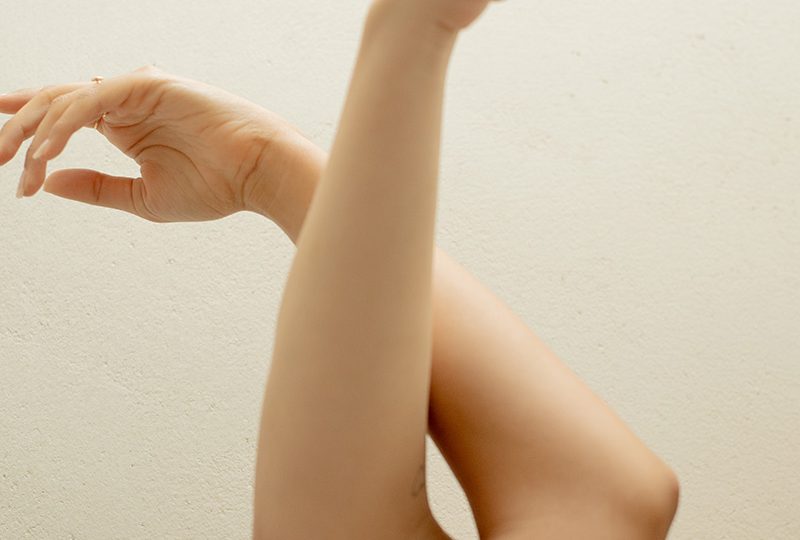

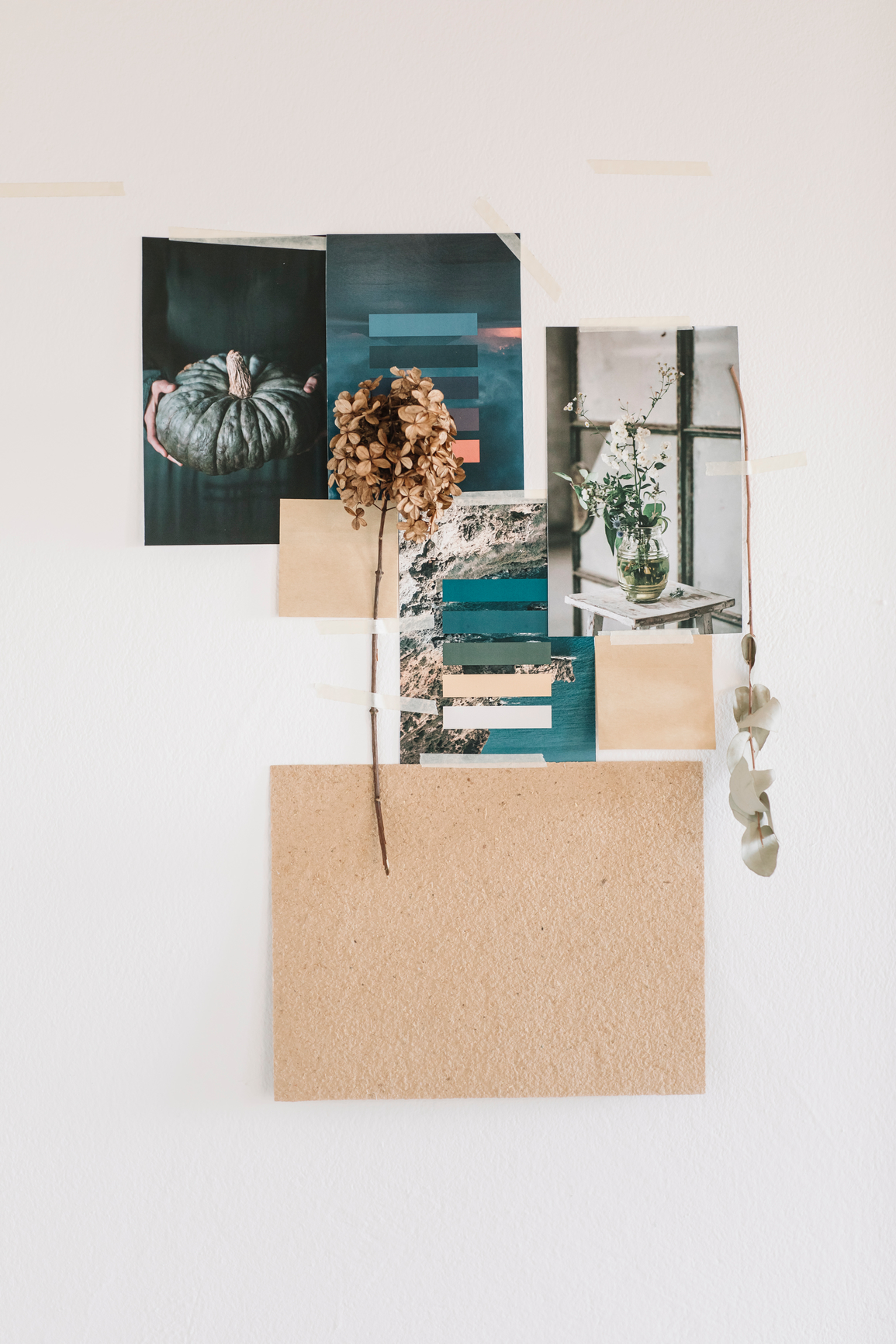
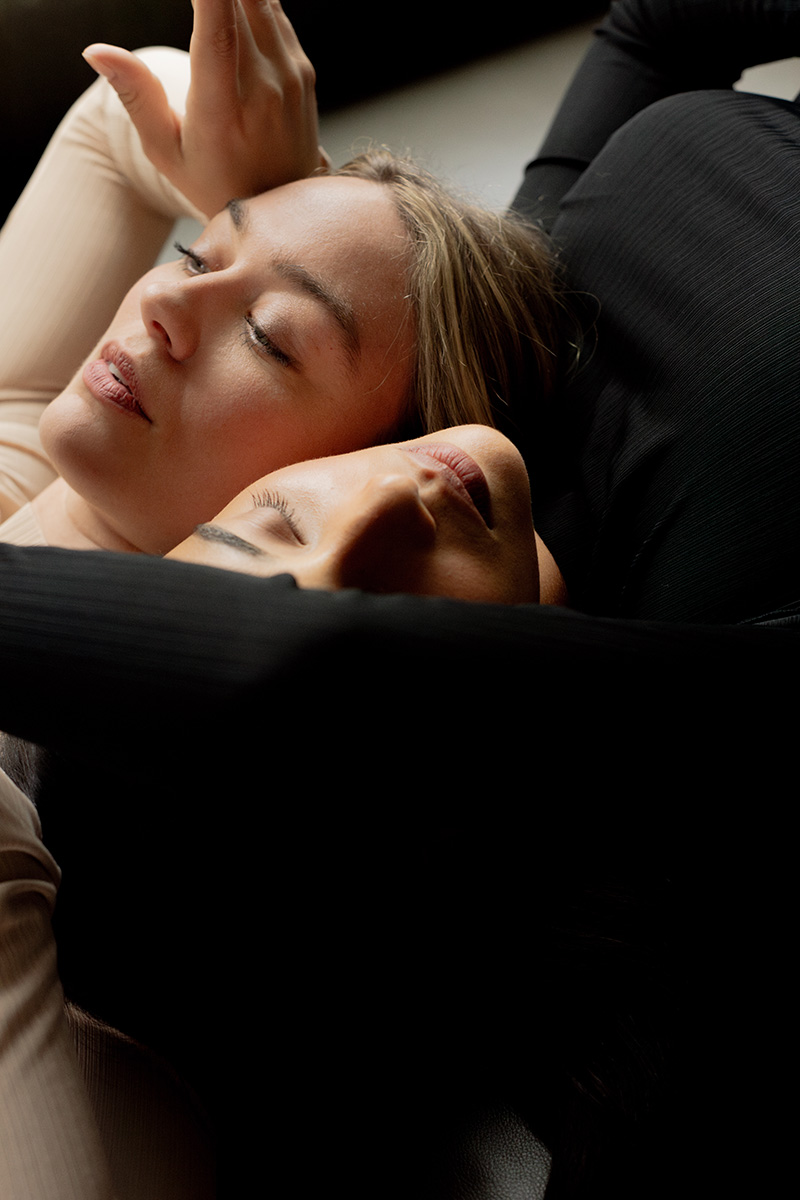

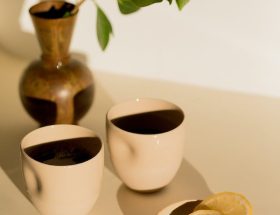
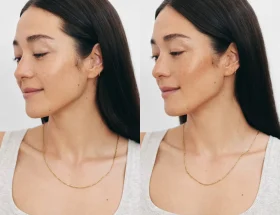
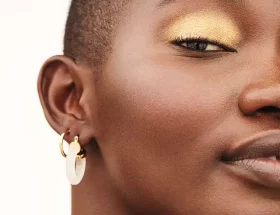
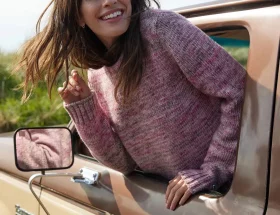
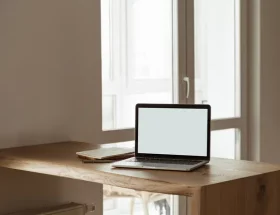
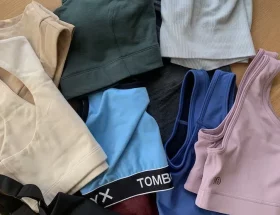
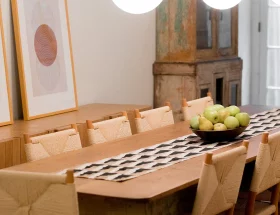
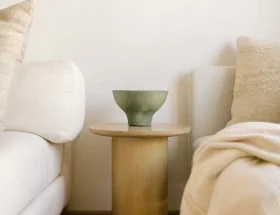


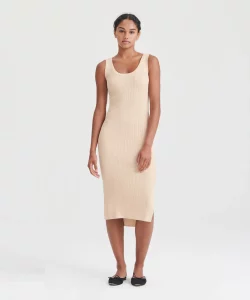
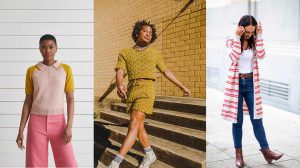
Noodlemagazine I really like reading through a post that can make men and women think. Also, thank you for allowing me to comment!